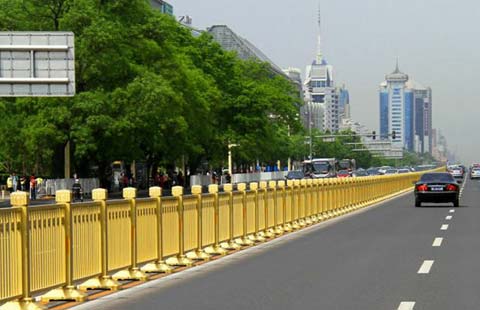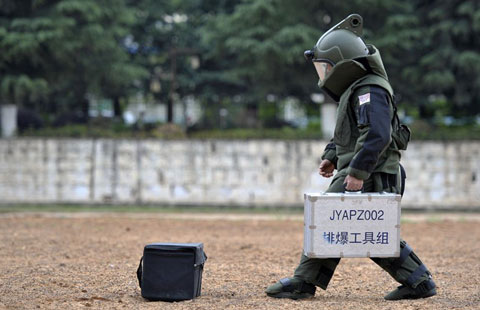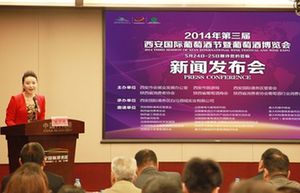Carbon market helps cut emissions
By Jiang Xueqing and Chen Hong ( China Daily ) Updated: 2013-07-29 08:39:26Striking a balance
The use of adjustable carbon credits means Shenzhen will be able to balance allowance supply and demand and stabilize carbon prices, a lesson learned from the European Union's carbon-trading market.
In recent years, the price of EU carbon credits has fallen from more than 30 euros ($40) per ton to 5 euros. The price of carbon offsets, also known as certified emission reductions, slumped from more than 20 euros to around 50 euro cents.
The price decline has been caused, in part, by a recession in Europe, which led to a decrease in industrial output and, in turn, resulted in fewer emissions and an overabundance of allowances. Moreover, the EU allocated all its carbon credits simultaneously, thus making it impossible to reduce credits when the eurozone economy began to weaken.
Shenzhen can avoid similar problems by the adoption of adjustable credit allocation, said Xiao Ming, chairman of GDR Carbon, a consultancy specializing in carbon-asset management and investment.
Unlike in the EU, carbon trading is a new phenomenon for most Chinese companies, which regard carbon credits as a huge responsibility, one they have to adhere to by remaining within their emissions limits.
Since that first transaction at the China Emissions Exchange on June 18, a number of individual investors have opened accounts and expressed strong interest in buying emission allowances. The highest price listed is 33 yuan per ton, but so far no company has offered to sell its credits.
"Many companies have no idea of how much carbon dioxide they have emitted in the first half of 2013 and therefore dare not sell their emission allowances. Even if some of them have realized that carbon credits are corporate assets which can even be used as pledges for bank loans, they do not have a clear procedure for making investment decisions on carbon trading, nor do they have any information about the trend of domestic carbon prices because of a lack of long-term market research and analysis," said Ge Xing'an, vice-president of the China Emissions Exchange.
The companies are in no hurry to make decisions about when to buy or sell their carbon credits, the number of credits they should sell or the prices they should ask. They won't make those decisions until the first year of their contracts ends in June 2014, he added.
However, with limited emission allowances, the companies have already felt pressure to cut emissions and need to take advice from low-carbon consulting services, according to Xiao.
He said consultancies that specialize in carbon trading offer a variety of services that could help businesses improve their ability to monitor emissions sources and collect verifiable data. The consultancies can also help companies investigate their greenhouse gas emissions, reduce emissions by optimizing management, technology and corporate structures, exploit potential carbon assets, log accurate records of carbon assets and make a profit from carbon investment.
"Carbon trading is used as a tool to promote energy saving and the reduction of emissions," said Chen of the China Emissions Exchange. "During the process of developing the market, we will provide not only a trading platform but also a wide range of financial support to help businesses build their carbon management and trading systems."
For example, the exchange is planning to help a wind power company issue a 1 billion yuan bond in early September.
|
|
|
|
|
|
|
|


















 Op Rana
Op Rana Berlin Fang
Berlin Fang Zhu Yuan
Zhu Yuan Huang Xiangyang
Huang Xiangyang Chen Weihua
Chen Weihua Liu Shinan
Liu Shinan